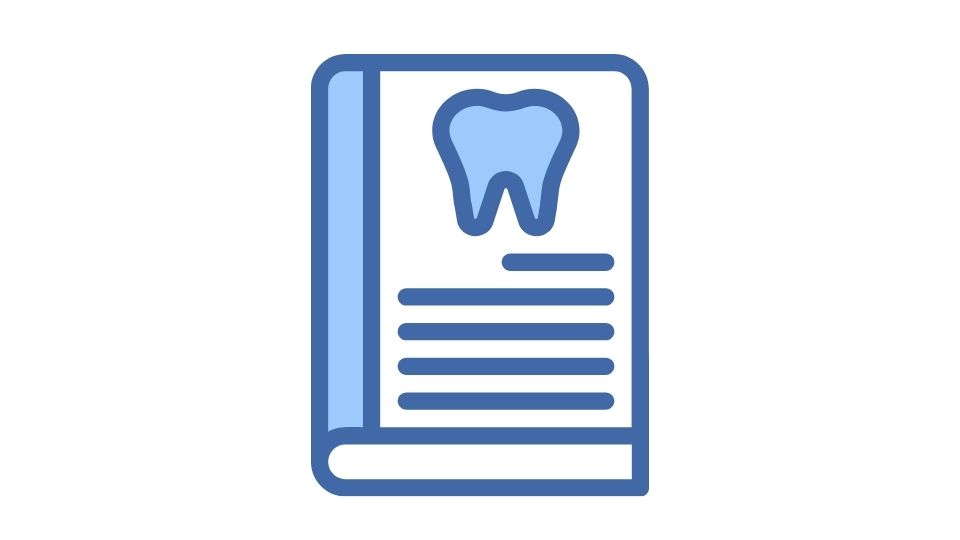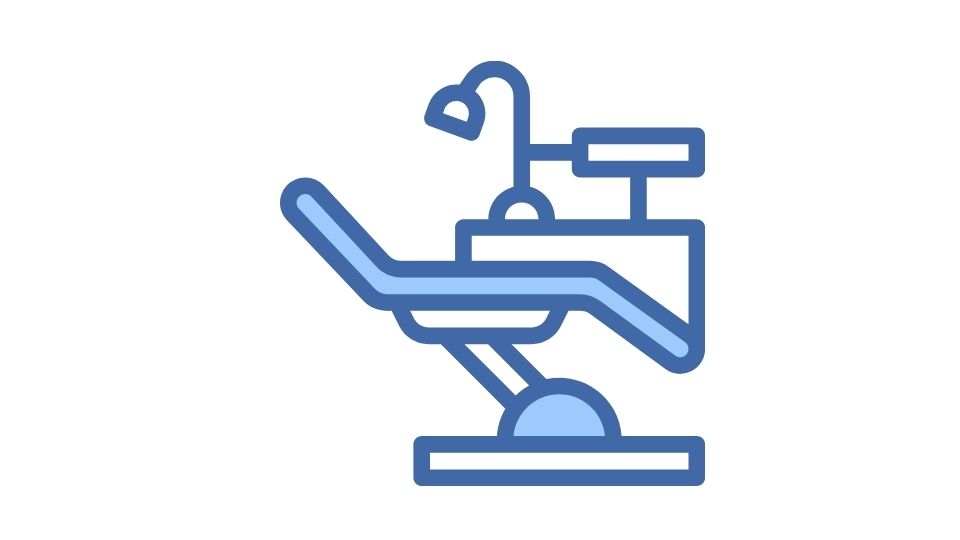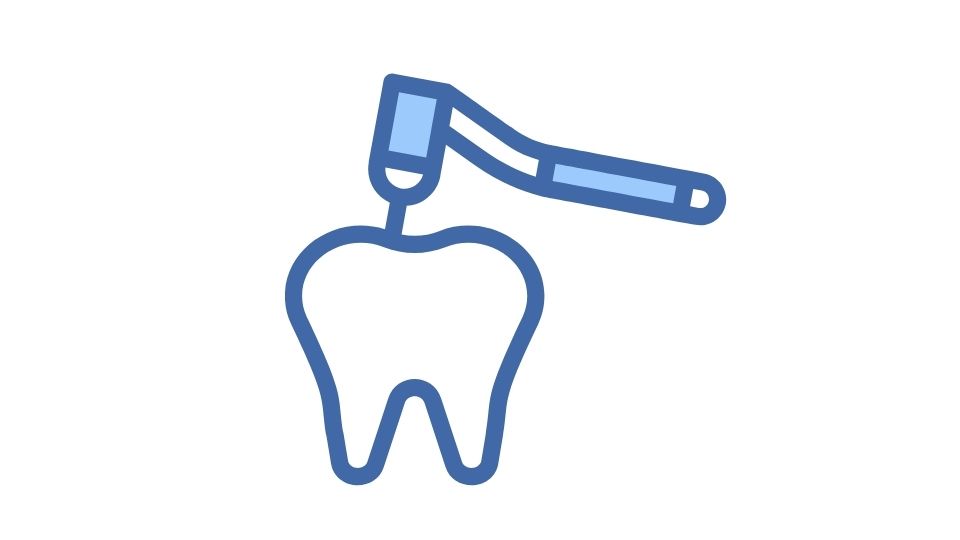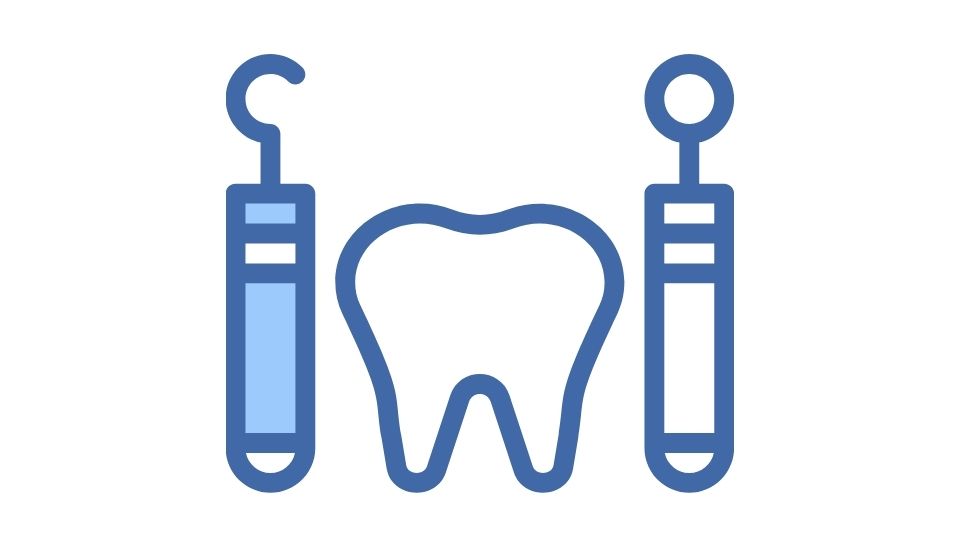How to Get Food Out of a Wisdom Tooth Hole

Ever had food stuck in the weird hole where your wisdom teeth used to be?
It’s gross, uncomfortable, and slightly terrifying when you realize something is trapped in there. But don’t worry – I’ve got you covered with some actually helpful advice that won’t make things worse.
How to Get Food Out of Your Wisdom Tooth Hole Without Screwing Things Up
Let’s start with what not to do: don’t stick your fingers in there, don’t use toothpicks, and definitely don’t try to vacuum it out with aggressive swishing. These can dislodge the blood clot that’s essential for healing (hello, dry socket – the pain you absolutely don’t want).
Instead, here are the methods that actually work and won’t send you crying back to your dentist.
Six Ways to Get Food Out (That Actually Work)

1. Saltwater Rinse: The OG Method
This is your new best friend during wisdom tooth recovery.
Mix ½ teaspoon of salt in 8 ounces of warm water (not hot!). Then gently let it pool around the extraction site. Don’t swish aggressively – your socket isn’t a washing machine.
Do this after eating and before bed to flush out food particles without disturbing that precious blood clot. It’s recommended by nearly every dentist as the safest first option.
2. Irrigation with a Syringe
Wait at least 24 hours after surgery before trying this one.
Your dentist probably gave you one of those curved plastic syringes. Fill it with lukewarm water, aim just outside the socket (not directly in), and gently pulse the water to dislodge trapped food.
It’s like power-washing your socket, but on the gentlest setting possible.
3. Water Flosser (But Only When Your Dentist Says So)
This is the high-tech option, but timing matters.
Most dentists want you to wait about 2 weeks before using a water flosser. When you do, use the lowest pressure setting and aim carefully. It’s like bringing a pressure washer to a delicate job – powerful but risky if used too early or incorrectly.
Research shows water flossers can reduce bleeding and inflammation when used correctly during healing.
4. Herbal Tea Rinses
For the natural healing crowd, this one’s for you.
Lukewarm chamomile or green tea can work as gentle antibacterial rinses. They won’t replace your saltwater rinse, but they can complement it nicely. Just make sure the tea isn’t hot or sweetened.
5. The Q-Tip Technique
For visible food that’s right at the surface, a moistened Q-tip can gently remove it.
Don’t jam it down into the socket though! Just dab at what you can see without applying pressure. Think of it like picking up a delicate object, not scrubbing a stain.
6. Gentle Brushing Around the Area
Keep brushing the rest of your teeth normally, but go super gentle around the extraction site.
A soft-bristled toothbrush helps prevent food from building up around the area without disturbing the healing socket.
Why Food Gets Stuck and How Long This Nightmare Lasts

The bad news: food will keep getting stuck for about 1-2 weeks while you have a noticeable hole.
The good news: the socket gets smaller every day as it heals, meaning less food gets trapped and it’s easier to remove.
Full healing takes 3-6 weeks, but the “food trap” phase is usually just the first couple weeks. After that, the hole becomes much less of a problem.
When food gets trapped, it can:
- Cause bad breath (not cute)
- Create a gross taste in your mouth
- Slow down healing
- Make you obsessively check the mirror every 5 minutes
Should You Panic About Food in Your Wisdom Tooth Hole?
Probably not. Here’s why:
- Your body can actually absorb and break down some food that gets trapped
- The socket will usually close over minor debris
- Trapped food rarely causes complications if you’re keeping up with cleaning
Warning signs that something’s actually wrong:
- Swelling getting worse after 3 days
- Pain increasing instead of decreasing
- Fever or pus (yikes)
- Persistent bad taste that won’t go away despite cleaning
If you experience these, call your dentist. Otherwise, you’re likely just experiencing normal healing with some annoying food traps.
Step-by-Step Guide for Food Removal Success

- Wait 24 hours after surgery before any rinsing or cleaning beyond what your dentist specifically advised
- Mix your saltwater solution (½ tsp salt + 8 oz warm water)
- After meals, gently rinse by letting the solution pool near the socket
- For stubborn food, use the irrigation syringe aiming just outside the socket
- Once your dentist approves (usually 2+ weeks), try a water flosser on low setting
- Maintain gentle brushing around the area to prevent buildup
- If things get worse, call your dentist – that’s literally what they’re there for
Final Thoughts

Wisdom tooth recovery is temporary, even though it feels endless when you’re in it.
Studies show that most people return to normal activities within 3-5 days, but the socket keeps healing for weeks.
The most important thing is to be gentle with yourself and your mouth. Forceful cleaning attempts can do more harm than the trapped food itself.
And remember – millions of people go through this every year. Your mouth is designed to heal, even with a few food particles hanging around. So rinse gently, be patient, and soon enough, you’ll forget all about those wisdom teeth holes.
